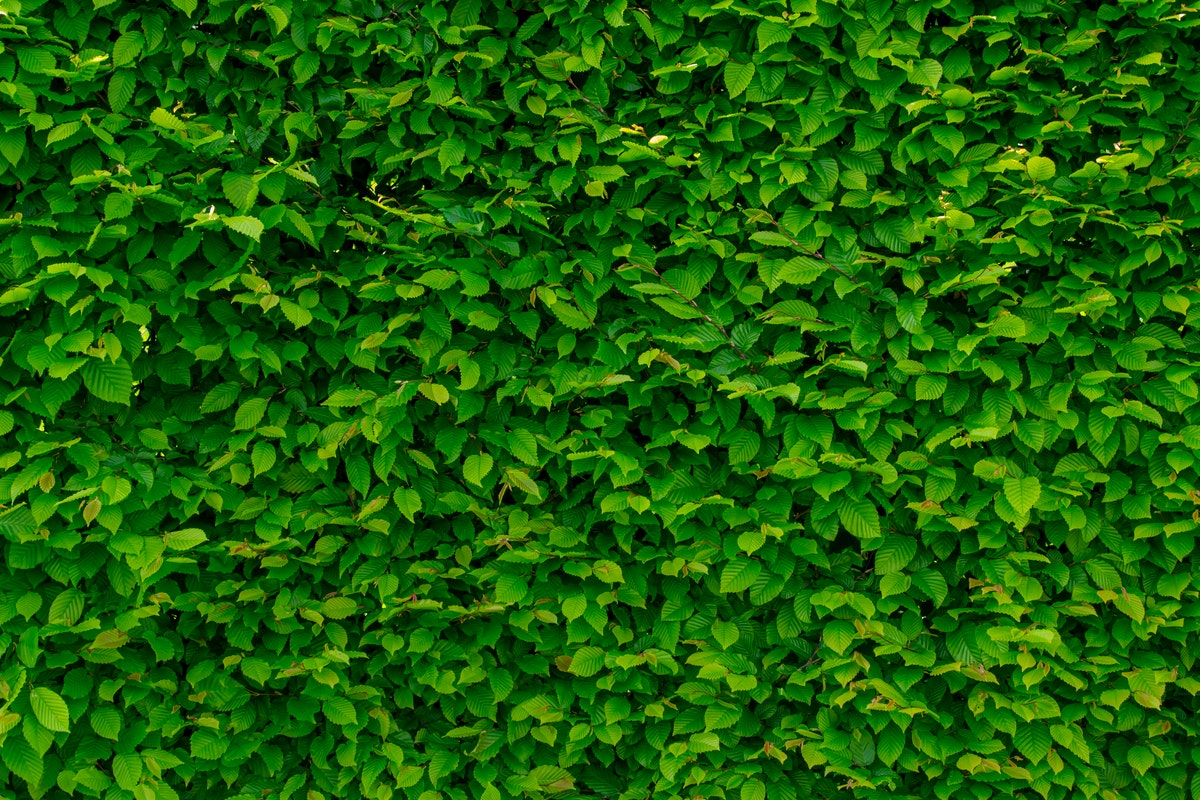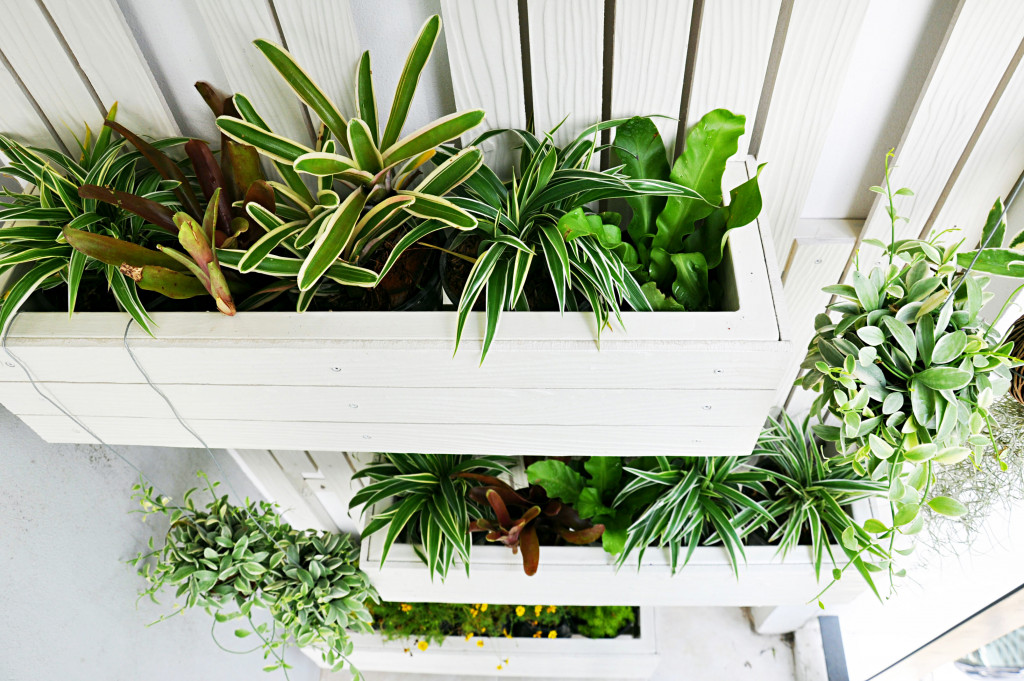Vertical gardens are solutions to the lack of vegetation in urbanized areas since they’re suitable for small spaces. Although they’re more expensive to build and maintain than a classical horizontal landscape, they still provide environmental benefits as a classic landscape does.
Vertical gardening has been around for quite a while, and creative ideas to put it to use in homes and establishments are evolving. It can be done in the interiors or exteriors of buildings, adds character and personalization to a home, and it’s more flexible than a classical landscape. Of course, that is if you have plants in containers.
Combining Vertical and Container Gardening
Speaking of plants in containers, if you already have some houseplants, you can upgrade them into a vertical garden and hang them or put up shelves to place them on. This is perfect if you have very little space for plants in your house and don’t have an outdoor space at all. It’ll be like bringing nature into your home, even just a little.
You can do this outdoors, of course. You can hang containers on your balcony or terrace if you live in a tall building. If you live on the ground, you can utilize horizontal fence panels to place a vertical garden. You can have rectangular planters built (or build them yourself if you can) and put them on your panels.
Decorating Your Home with a Living Wall
You can have a living green wall, also called a plant wall, in the interiors of your home. In common areas, like the living room, dining room, or the kitchen. This is perfect if you don’t have an outdoor space to build a garden. This way, you can create an actual garden in your home with similar environmental benefits as you will also find in classical gardens. One of the differences is that plant walls add a different aesthetic to your home.
Having a plant wall on your exteriors also gives your home character to match how you are as a homeowner. This is highly beneficial, especially if you live in an urban area with very little vegetation and landscapes.
Treating Your Living Wall like Actual Artwork

Aside from a simple plant wall, you can go further with the designs by creating a border like a painting. Of course, it doesn’t have to be so big if it overwhelms you. The size and location depend on your preference, and don’t forget about practicality and the plant’s needs. If you choose outdoor plants, place them where there’s enough sunlight for them.
Displaying Your Herbs in Your Kitchen
Putting your herbs in little containers and hanging them in your kitchen makes it easier to access them whenever you need them. Not only that, but it can also serve as an aesthetic feature for your kitchen.
Hanging your plants can open so much space and keep them from overcrowding. By doing this in your kitchen, you can plant herbs you mostly use, such as chives, mint, rosemary, basil, oregano, parsley, etc. You only need small spaces and containers to do the trick with these. It’s also up to you how you want to decorate it.
Reusing Old Materials for Your Vertical Garden
Cans, jars, old glasses, mugs, or fish bowls can turn into a pretty little garden. You can also use other ropes to hang them with, such as old shoelaces, ribbons, yarn, and wires. With old but still usable wood, you can build an inventory of your cute little vegetable garden, or you can nail and hang planters on there. It can be good as new with a fresh coat of paint and a little polishing.
You can do this project over the weekend if you have nothing else going on. You can do this with friends and family members. Not only will you have an enjoyable time, but it will also exercise your resourcefulness and creativity.
Before You Proceed to Vertical Gardening
It’s essential to plan this all through and know which plants you want to start with. It’s highly recommendable to start small and simple. Plant only those types you most need and are most comfortable with. Do your research and don’t spend on something you’re unsure of. Start with herbs and vegetables before experiencing big and more complicated projects, like an entire living wall or seasonal flowers.
Whether you have a small or even smaller space, indoor or outdoor, there is no excuse not to add a bit of green to your household. This is what vertical gardens can do for your home.





